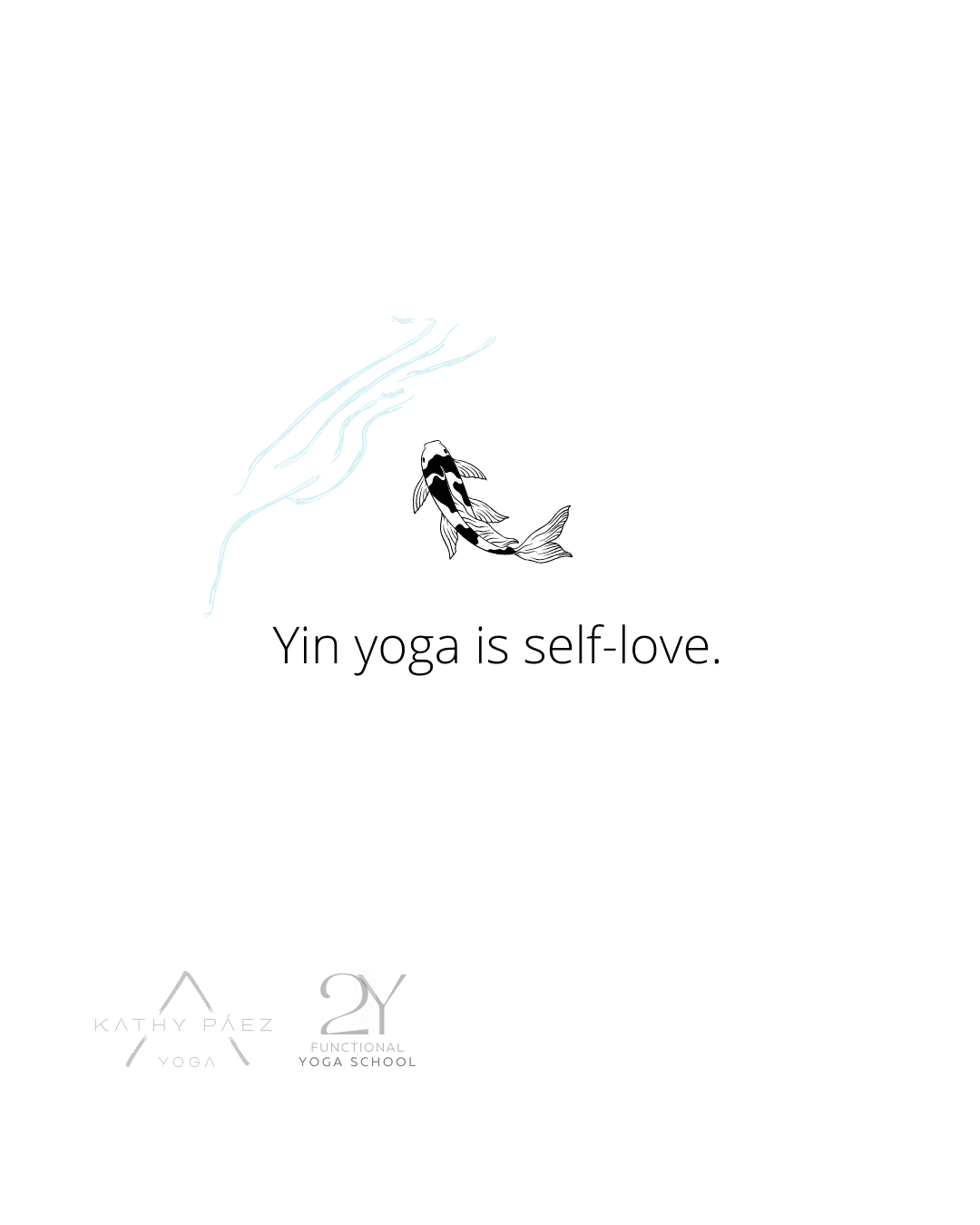Yin yoga is a slow-paced, meditative form of yoga that focuses on holding poses for an extended period, typically three to five minutes or even longer. It targets the connective tissues in the body, such as ligaments and fascia, with the goal of increasing circulation and improving flexibility.
The practice of Yin yoga encourages introspection and mindfulness through interoception. Interoception is the collection of senses that provide the organism with information about the internal state of the body. This is important for maintaining homeostatic conditions in the body and, possibly, facilitating self-awareness. Self-awareness if directed properly can lead to self-compassion, and a nurturing attitude toward oneself. All very necessary in the process of self-love.
Here’s 5 ways that Yin yoga can increase self-love:
1. Mindfulness and Presence: Yin yoga if practiced with intention can encourage full presence in the moment. This mindfulness fosters a deeper connection with oneself while developing patience as well.
2. Acceptance and Non-Judgment: Holding poses for an extended time can be challenging, and it requires acceptance and non-judgment. When taking these attitudes beyond the yoga mat, it promotes self-love through acknowledgment of the self in its strengths and flaws. This is truly a beautiful process. You are not perfect, but you are beautiful in your raw humanity.
3. Emotional Release: Yin yoga can be an avenue for emotional release as certain postures may trigger emotions stored in the body. This is according to the Yogic view on the three bodies (physical, astral and causal) and how energy communicates through them by the movement of chi/prana. While there are some modern-day views on the relation to fascia and emotions, to my knowledge there are no scientific studies on this yet.
4. Physical Well-being: The physical benefits of Yin yoga range from increased ROM available to one’s unique skeletal structure, and with this greater ease in movement. Some studies from Helena Langevin MD show results of passive stretching as ways to increase collagen and reduce inflammation in the body too. Caring for the body through mindful movement can be seen as an act of self-love.
5. Relaxation and Stress Reduction: The long holds in Yin yoga promote relaxation and activate the parasympathetic nervous system, which counters the effects of stress. By taking time for self-care and relaxation, individuals can cultivate a sense of self-love.
In summary, Yin yoga serves as a holistic practice that not only enhances physical well-being but also nurtures the emotional and mental aspects of an individual. The intentional and mindful nature of the practice can contribute to a positive relationship with oneself, fostering self-love and self-compassion.
Join the self-love train with Yin yoga in my upcoming online “Lesser-Known Yin Yoga variations for the upper body workshop”, precisely the part of your body related to the heart meridian. This workshop is for yoga teachers or connoisseurs. Find more information here.



